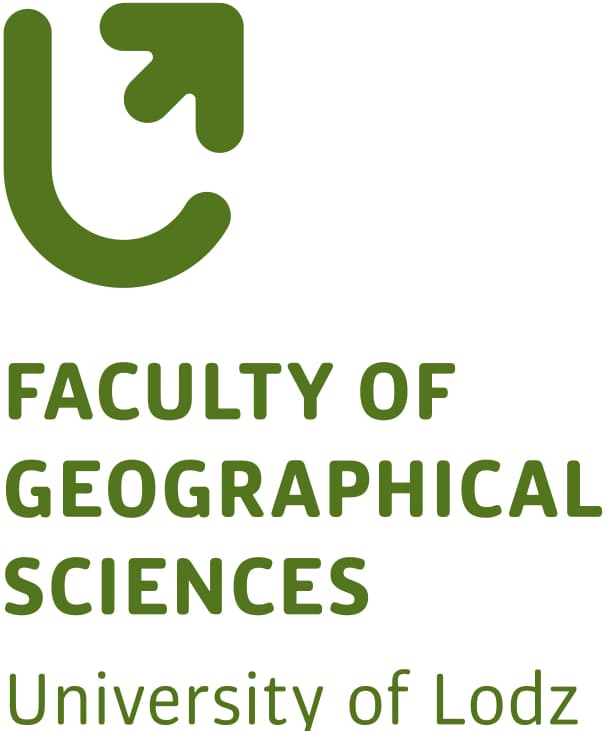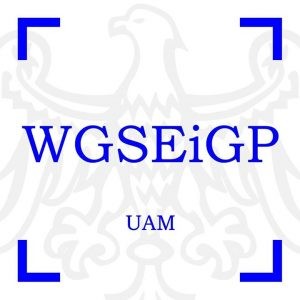In this session, an attempt will be made to identify and discuss the most important contemporary factors influencing the development of cities and determining the manner of their spatial development and directions of future development. The most important factors - determinants of the development of modern cities include: demographic changes, globalization processes, the development of digital technologies affecting the spatial behavior of the population, global climate changes and the ongoing processes of anthropogenic impact resulting in the transformation of the natural environment and landscape in areas inhabited by humans. In addition to facts and figures, we want to address the practice side, too: What are the ideas, concepts, experiments in the planning environment that will help face these challenges? And: Do we have the right instruments, processes, governance structures to manage these challenges of a ‘turbulent urban future’?
To stimulate responses by authors and scholars, below some points of reflection; of course, non-exclusive and open for additions.
Demography
Nowadays, in the global dimension, we continue to observe an increase in the number of people in urban areas, which can be described as the demographic dimension of urbanization processes - an increasing part of the human population lives in urban areas (also as a result of migration from rural areas) and finds a place to live and work there. The increase in the level of wealth and education of the society correlates with the urban lifestyle. In addition to the above-mentioned quantitative changes in the population in urban areas, attention should also be paid to the qualitative and cultural changes taking place in urban areas today. Identifying them is a serious challenge and - in fact - should be done on a case-by-case (city) basis.
Globalization of the economy
For the practice of urban planning, the globalization of the economy means that cities must compete not only for capital, but also for more and more mobile inhabitants - local taxpayers (which is and will be especially visible in cities affected by negative natural growth and / or negative migration balance). Cities will therefore feel a strong pressure to adapt urban structures to the contemporary, ever-changing needs of the economy, resulting from, inter alia, shortening the life cycles of products, as well as developing completely new services or forms of trade, which in turn require new urban structures and new types of architectural and construction objects. At the same time, as a result of the processes of globalization and the dissemination of specific, new cultural patterns, changes in the lifestyles of residents will occur, which will translate into their expectations as to the living conditions in the city, e.g. with regard to the arrangement and management of public spaces. The qualitatively new requirements of the rapid changing economy and society as to the desired utility values of urban space may be in contradiction with the conservation objectives of certain historic urban structures, the maintenance of which may result from the will to preserve the local identity. Potentially, this may lead to social problems and conflicts as to the directions and methods of land development in the city, which will most often be seen when planning large-scale and long-term revitalization projects.
New technologies
The attempt to predict changes in spatial development resulting from the development of technology is based on the assumption that forms of human activity (in the professional and economic sphere, but also in the area of social activity) are reflected in the forms of land development. On the other hand, the types of activity undertaken are, in the course of civilization development, increasingly determined by technologies available to the public, aimed at improving the efficiency of certain activities, improving the quality of life, increasing the broadly understood safety, etc. spatial development of cities and other settlement areas, is the development of advanced information technologies, including the so-called artificial intelligence. The importance of this phenomenon for urban issues stems primarily from the fact that the development of the technologies in question affects the spatial behavior of the population. This influence may be of a different nature. Changes in the organization of urban transport and the use of urban traffic control devices as a result of the development of control systems based on artificial intelligence and the introduction of autonomous vehicles on a large scale may also become quite important factors of transformations in the spatial development of cities. These solutions may affect the functional and spatial structure of cities, in particular the spatial organization and arrangement of individual elements of the transport system - roads, parking lots, public transport interchange nodes, etc.
The development of digital technologies leading to a change in the forms of contacts and communication between people (in the considered context - members of a specific community, e.g. local, urban), may also lead to a phenomenon that should be described as "virtualization of public space".
Climate change
The relationship between the currently observed climate change, consisting primarily in a significant acceleration of their pace (in relation to the processes of natural climate variability), has a twofold reference to the issue of the functioning of cities.
Cities are - firstly - places of concentration of population (which has already been pointed out above), and thus various economic processes (production, exchange, consumption), as well as various forms of social activity, which causes that a significant part of global gas emissions greenhouse gases, and above all carbon dioxide (CO2), is generated in the area of the urban economy.
Secondly - cities due to their physical specificity -, intensive land development and use, highly changed, transformed and even heavily degraded environment (as discussed below) are places where the effects of climate change will become more and more felt by inhabitants.
The natural environment of cities
Cities are one of those areas in geographic space (next to mining areas) where the largest-scale transformation of the natural environment is observed, it can be seen that problems such as: landscape transformations, degradation of nature, air, soil and water pollution, or noise in cities, become - with the growing ecological awareness of the society (resulting from the increase in the general level of prosperity and education) - one of the main challenges for city development policy and its urban policy. Improvement of living conditions and expectations of an increase in the quality of life are, in social perception, more and more often associated with the state of the urban environment. This phenomenon nowadays mainly concerns highly developed countries, but it can be assumed that economic growth in developing countries or those undergoing systemic transformation, and the accompanying social advancement, will disseminate these expectations globally - to an increasing part of the human population.
The track will try to address these and more challenges of ‘turbulent urban futures’. We welcome contributions from research and practice. We would like to hear your views on:
- Relevant analytical and trend perspectives (sector, theme, integrated)
- Practices to cope with the challenges (ideas, concepts, experiments)
- Reflections on instruments, processes, governance structures








